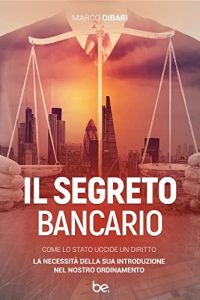Casey Rodarmor, the creator of the Ordinals protocol, made a surprising return to the public eye during the Ordinals Summit held in Singapore this week.
The appearance marks Rodarmor’s first public engagement in months, following a period of isolation after the protocol’s launch in January of this year. He previously broke his silence most recently with a lengthy podcast in which he aired his concerns about Paul Storzc’s drivechains upgrade proposal.
The Ordinals Summit, a gathering of NFT enthusiasts, was a notable celebration of the protocol at a time when its use has seemingly declined. The software, which allows digital artifacts to be traded like NFTs on the Bitcoin network, had previously garnered significant attention and praise from collectors and earned criticism for breaking crypto’s rigid cultural lines.
The growing popularity of the Ordinals protocol among NFT collectors had taken Rodarmor by surprise. It gained traction rapidly, filling a niche in the market for Bitcoin enthusiasts who wished to participate in the NFT space. However, this success also drew the ire of some Bitcoin proponents who were staunchly against NFTs, though the reasons for the critiques varied from moral to technical objections.
In response to this polarized reaction, Rodarmor chose to step back from the limelight temporarily, focusing on refining the Ordinals protocol. Last week marked a notable change with Rodarmor merging an upgrade that helps more clearly establish provenance for the inscriptions that comprise a specific collection.
In his keynote address, he expressed gratitude for the support the community had shown and emphasized the need for innovation within the cryptocurrency space.
The Ordinals Summit was attended by a diverse range of developers and enthusiasts, all keen to explore the potential of the Ordinals protocol and its impact on the future of NFTs. Notable speakers included Udi Wertheimer, creator of the Taproot Wizards NFT project and, Domo, the pseudonymous creator of the BRC-20 protocol.
